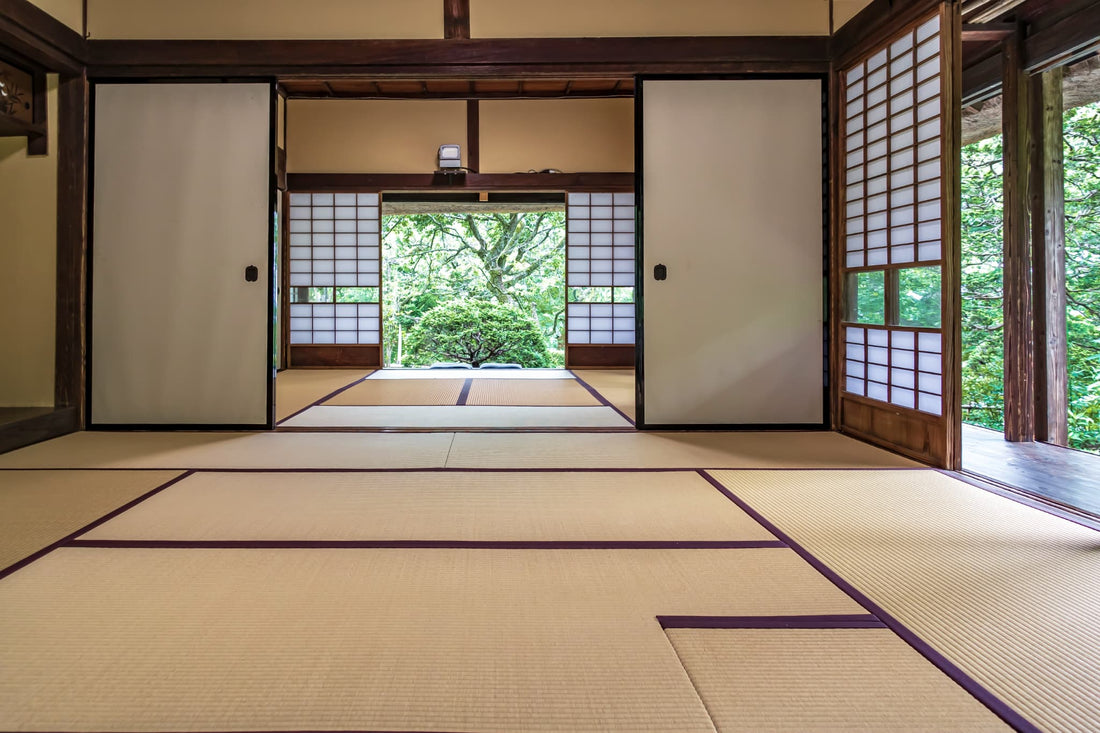
Tatami: The Beauty and Tradition of Japanese Culture
Tatami mats are a quintessential element of Japanese culture, embodying centuries of tradition and aesthetic beauty. These woven straw mats have not only shaped the physical spaces of Japanese homes but also influenced the cultural practices and daily lives of the people.
A Glimpse into History
The term "tatami" originates from the Japanese verb "tatamu," meaning "to fold" or "to pile." This etymology reflects the early use of tatami as foldable, thin mats that could be stacked when not in use. Initially, during the Nara period (710-794 AD), tatami mats were luxury items reserved for the nobility, serving as seating or sleeping surfaces. It wasn't until the Muromachi period (1336-1573 AD) that tatami became more widespread, covering entire rooms and becoming integral to Japanese interior design.
Learn more about the rich history of tatami here.
Craftsmanship and Materials
Traditional tatami mats are crafted with meticulous attention to detail. They consist of three primary components:
-
Tatami-doko (Base): Traditionally made from compressed layers of rice straw, providing insulation and a firm yet yielding surface.
-
Tatami-omote (Cover): Woven from soft rush grass known as "igusa," offering a smooth texture and a subtle, natural fragrance.
-
Tatami-beri (Border): Fabric strips that edge the mat, often adorned with decorative patterns, adding both aesthetic appeal and durability.
Modern variations may incorporate alternative materials like compressed wood chips or synthetic substances to enhance durability and reduce cost.
Cultural Significance and Usage
Tatami mats have been central to various aspects of Japanese life:
-
Tea Ceremonies: Traditional tea rooms, known as "chashitsu," are typically floored with tatami. The size and layout of the mats dictate the room's dimensions and the choreography of the ceremony.
-
Sleeping Arrangements: Many Japanese people place futons directly on tatami mats, appreciating the firm support and natural insulation they provide.
-
Martial Arts: Dojos often use tatami mats as flooring to absorb impact and provide a traditional atmosphere for training in disciplines like judo and aikido.
Tatami in Modern Interiors
While contemporary Japanese homes may incorporate Western-style rooms, tatami rooms, or "washitsu," remain cherished for their versatility and connection to tradition. These spaces are used for various purposes, including hosting guests, meditation, or as a quiet retreat within the home.
Caring for Tatami
Maintaining tatami mats involves regular cleaning to prevent dust accumulation and managing humidity levels to avoid mold. It's customary to avoid stepping on tatami with shoes to preserve their condition and respect cultural practices.
